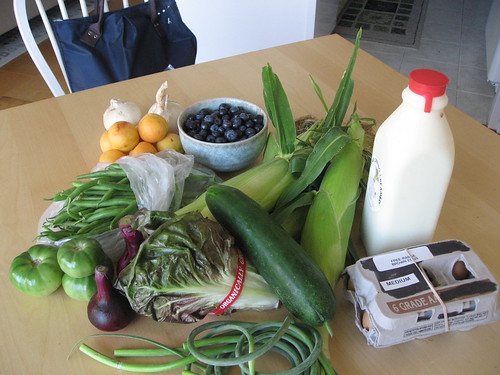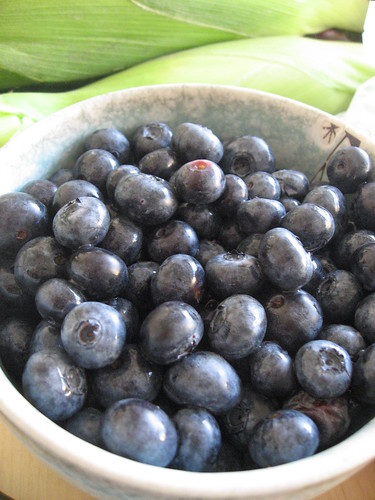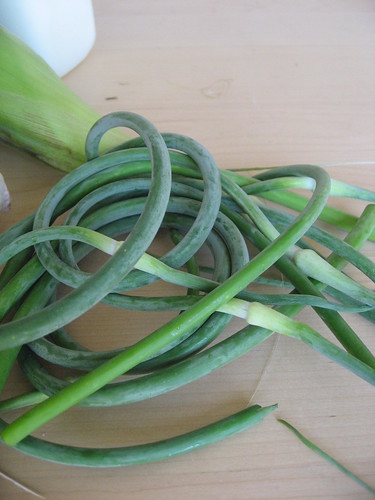Specifically I wrote:
Sidestepping the PC-minefield of conflating the diversity of Asian cuisines into one concept, I can see a Vietnamese "inspired" (for all you purists out there) menu that could easily work within the Chipotle model:Well ShopHouse has been open for a few months now, and all I have to say is,
Banh mi sandwiches
Bun (room temp vermicelli salad-type dish)
Spring/summer/garden rolls (I'm thinking of the fresh ones, rather than the deep fried ones)
All of these draw upon easy to source local ingredients, can be adapted to suit a variety of diets and food preferences, and can be quickly assembled to order. Oh yes, and they're delicious.
CALLED IT.
The basic components of ShopHouse's menu? "Bowls" of protein, veggies, and sauce over your choice of jasmine or brown rice, or chilled rice noodles, and banh mi sandwiches.
Interestingly, despite being almost a year old, that original post has the most hits of any post here, and people still regularly find my blog from searching for "chipotle asian concept."
Apparently Chipotle is not the only one to draw on the mainstreaming banh mi bandwagon, though, as I discovered when I stumbled upon BONMi, just a 10 minute walk down the street from Shophouse. BONMi's website seems to espouse a lot of the same values as ShopHouse: inspiration in Vietnamese/Southeast Asian cuisine of course, but also "locally sourced environmentally friendly products whenever possible", and even similar tones of orange in their color schemes.
Despite emanating from national companies (Denver-based Chipotle and the New York-based JBH Advisory Group), both ShopHouse and BONMi are currently only located in Washington, DC. In another example of eerie similarities, both proprietors have talked about how DC is actually a great city for trying out new food concepts.
The District is an ideal launching pad for the concept, according to [Lynne] Jacoby [a partner in the JBH Advisory Group that has conceptualized the new 40-seat eatery]. "...D.C. is the best place for restaurants to open, believe it or not," she says. "Unemployment is very low here, it's a very eclectic group of people here, and there's a high concentration of educated people..." (BONMi Opens Today In Downtown D.C.)
"As for why ShopHouse chose to debut in the District of Columbia and not in New York City, [ShopHouse's director of concept development, Tim Wildin] explained that D.C. is a better "proving ground."This is one of the few times that, from a food perspective, I feel lucky to be in Washington, DC.
"There are just hundreds of restaurants in New York City that aren't great, but last," he said, noting that New York City's high population density might sustain an eatery even when the concept isn't exceptional. On the other hand, Wildin said, a restaurant's performance in D.C., a city with a burgeoning food scene but fewer people, might be a better indication of a concept's potential success elsewhere. (ShopHouse, Chipotle's New Asian Spin-Off, Opens In D.C. )








